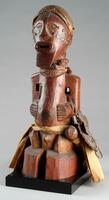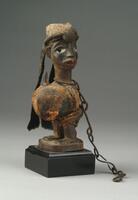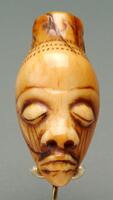15 UMMA Objects
15 UMMA Objects
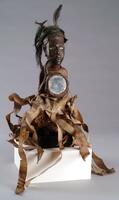
Yombe (Yombe (culture or style))
Power Figure
1850 – 1899
Gift of Candis and Helmut Stern
2005/1.191

Yaka (Yaka (Kwango-Kwilu region style))
Figure
1915 – 1925
Gift of Candis and Helmut Stern
2005/1.193
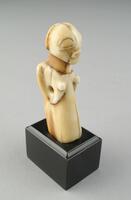
Luba (Luba (culture or style))
Power Figure
1845 – 1855
Gift of Candis and Helmut Stern
2005/1.220.1
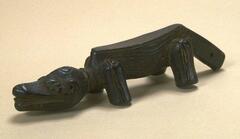
Kuba (Kuba (Democratic Republic of Congo style))
Rubbing Oracle
1920 – 1930
Museum Purchase made possible by the Friends of the Museum of Art
1988/1.131
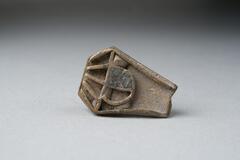
Akan (Akan (culture or style))
Gold-weight
20th century
Gift of Dr. James and Vivian Curtis
1997/1.483

Akan (Akan (culture or style))
Gold-weight
1900 – 1985
Gift of Dr. James and Vivian Curtis
1997/1.490
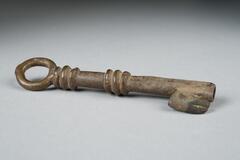
Akan (Akan (culture or style))
Gold-weight
1900 – 1985
Gift of Dr. James and Vivian Curtis
1997/1.511
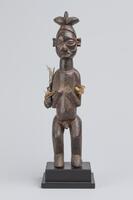
20th century
Gift of Robert M. and Lillian Montalto Bohlen in memory of Nancy Turner Bohlen
2015/2.180
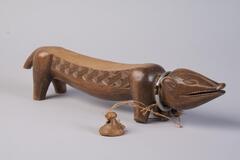
Kuba (Kuba (Democratic Republic of Congo style))
Friction Oracle
20th century
Gift of Dr. James and Vivian Curtis
1997/1.358
Loading…
